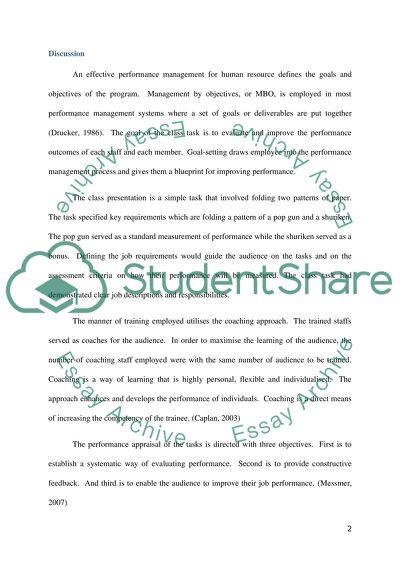Cite this document
(“Performance Management for Human Resources Essay”, n.d.)
Performance Management for Human Resources Essay. Retrieved from https://studentshare.org/miscellaneous/1533913-performance-management-for-human-resources
Performance Management for Human Resources Essay. Retrieved from https://studentshare.org/miscellaneous/1533913-performance-management-for-human-resources
(Performance Management for Human Resources Essay)
Performance Management for Human Resources Essay. https://studentshare.org/miscellaneous/1533913-performance-management-for-human-resources.
Performance Management for Human Resources Essay. https://studentshare.org/miscellaneous/1533913-performance-management-for-human-resources.
“Performance Management for Human Resources Essay”, n.d. https://studentshare.org/miscellaneous/1533913-performance-management-for-human-resources.


